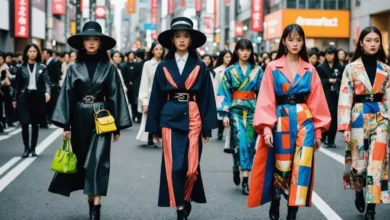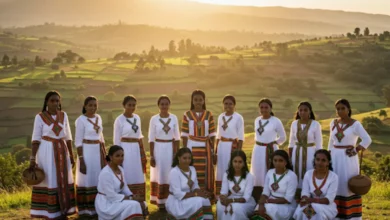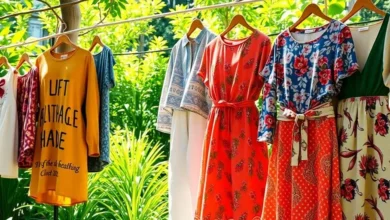Frida Kahlo, the visionary Mexican artist, is celebrated not only for her groundbreaking paintings but also for her indelible influence on global fashion. Her bold use of color, fusion of indigenous traditions, and unapologetic self-expression turned her into a cultural icon one whose aesthetic continues to inspire designers from Mexico City to Paris.
In this article, we’ll explore how Frida Kahlo’s legacy reshaped perceptions of Mexican fashion, transforming traditional craftsmanship into a global phenomenon. From the vibrant streets of Coyoacán to the haute couture runways, discover how Mexico’s sartorial heritage became a universal language of art, resistance, and beauty.
Frida Kahlo: The Artist Who Became a Fashion Muse
Frida Kahlo’s personal style was as revolutionary as her art. Born in 1907 in Coyoacán, Mexico, she embraced her mixed heritage (Indigenous and European) through her clothing. After a debilitating bus accident at 18, Kahlo turned to painting and fashion as forms of self-expression and empowerment. Her signature look (elaborate Tehuana dresses, floral headpieces, and layered jewelry) was both a political statement and a celebration of Mexican identity.
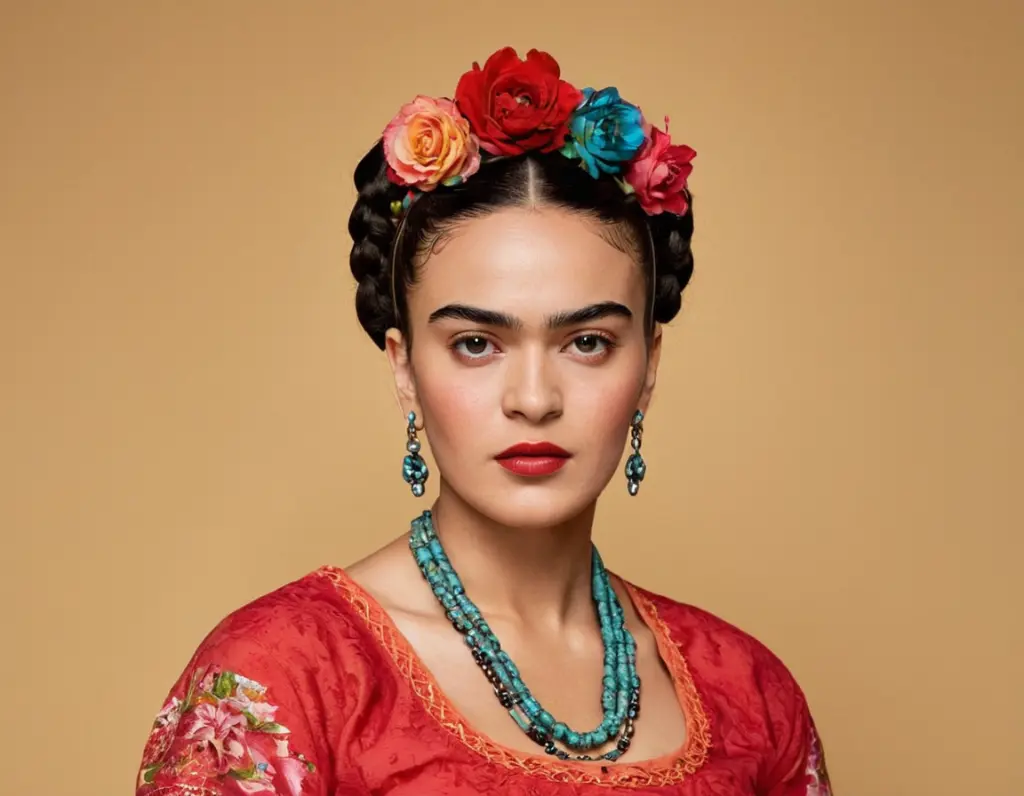
The Tehuana Dress: A Symbol of Strength
The Tehuana dress, originating from the matriarchal Zapotec culture in Oaxaca, became Kahlo’s uniform. These dresses feature:
See also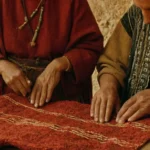 Berber Weavers of the Atlas: Preserving Morocco’s Ancient Textile Art
Berber Weavers of the Atlas: Preserving Morocco’s Ancient Textile Art- Full, ruffled skirts symbolizing femininity and resilience.
- Embroidered bodices adorned with flowers, animals, or geometric patterns.
- Modest yet striking silhouettes that defied Eurocentric beauty standards.
For Kahlo, wearing Tehuana attire was an act of rebellion against colonialism and a tribute to Mexico’s Indigenous roots. She paired these dresses with pre-Columbian jewelry and rebozos (traditional shawls), creating a look that was deeply personal and culturally resonant.
Fashion as Autobiography
Kahlo’s wardrobe was a canvas for her pain and passion. She used clothing to conceal her physical disabilities (such as her polio-affected leg) while amplifying her voice. In her self-portraits, she depicted herself in bold hues, thorn necklaces, and hair braided with ribbons, blending surrealism with tradition. This duality (raw vulnerability and unyielding strength) made her a timeless muse for designers seeking depth and authenticity.
The Pillars of Mexican Fashion: Tradition Meets Innovation
Mexican fashion is rooted in centuries-old craftsmanship, but Frida’s influence helped it evolve into a dynamic, globally recognized force. Here are the key elements that define it:
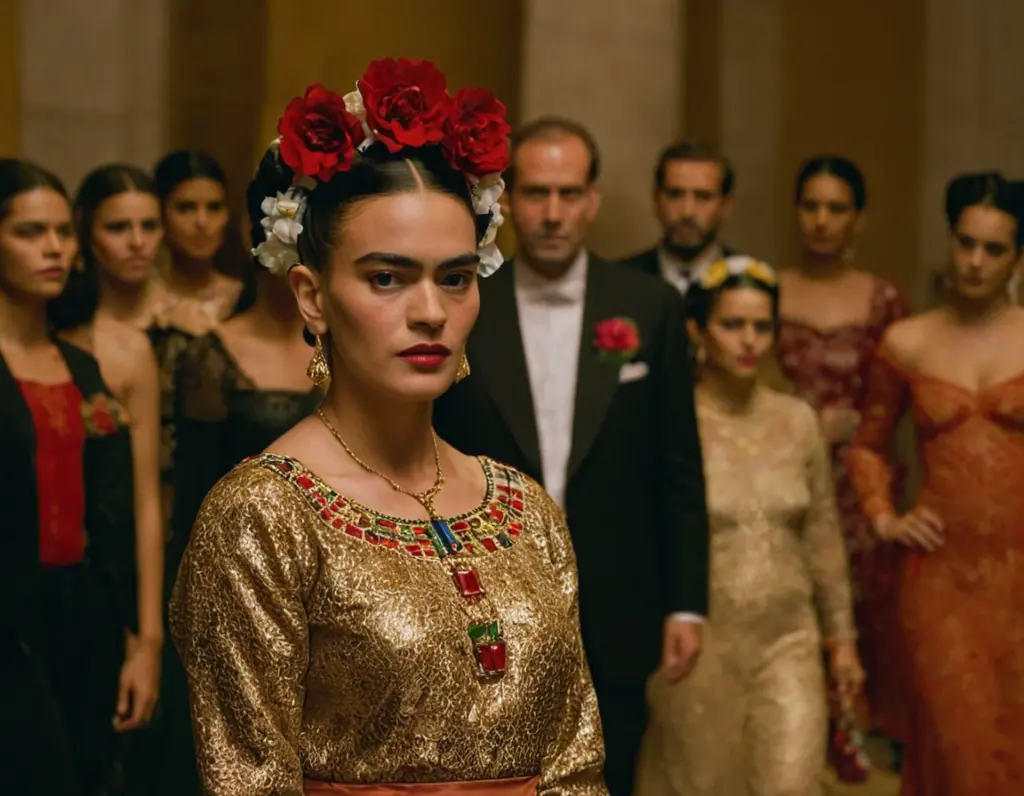
Indigenous Textiles: Weaving Stories into Fabric
From Oaxacan huipiles (tunics) to Chiapas embroidery, Mexican textiles are a testament to ancestral knowledge. Techniques like backstrap loom weaving and natural dyeing (using cochineal insects or indigo) preserve Indigenous heritage. Designers like Carla Fernández collaborate with artisans to reinterpret these traditions for modern audiences, ensuring fair wages and cultural preservation.
See also Hijab Beyond Borders: Diverse Traditions from Indonesia to Iran
Hijab Beyond Borders: Diverse Traditions from Indonesia to IranVibrant Color Palettes
Mexican fashion thrives on bold contrasts: fiery reds, cobalt blues, and sunlit yellows. These hues reflect the country’s landscapes desert sunsets, turquoise seas, and bustling markets. Frida’s love for cobalt blue (Casa Azul, her home, is a shrine to the color) and ruby red continues to dominate collections, symbolizing vitality and passion.
Handcrafted Embroidery
Intricate floral and animal motifs are hallmarks of Mexican embroidery. Each region has its own style:
- Tenango de Doria (Hidalgo): Whimsical, story-driven designs.
- Huichol beadwork (Nayarit): Spiritual patterns using tiny glass beads.
- Alebrije-inspired patterns (Oaxaca): Fantastical creatures in vivid colors.
These details add texture and narrative to garments, making them wearable art.
From Frida to the Front Row: Mexican Designers Go Global
Frida Kahlo’s legacy paved the way for Mexican designers to reclaim their narrative on the world stage. Today, names like Ricardo Seco, Pineda Covalin, and Julia y Renata blend tradition with avant-garde flair, earning accolades at fashion weeks from New York to Milan.
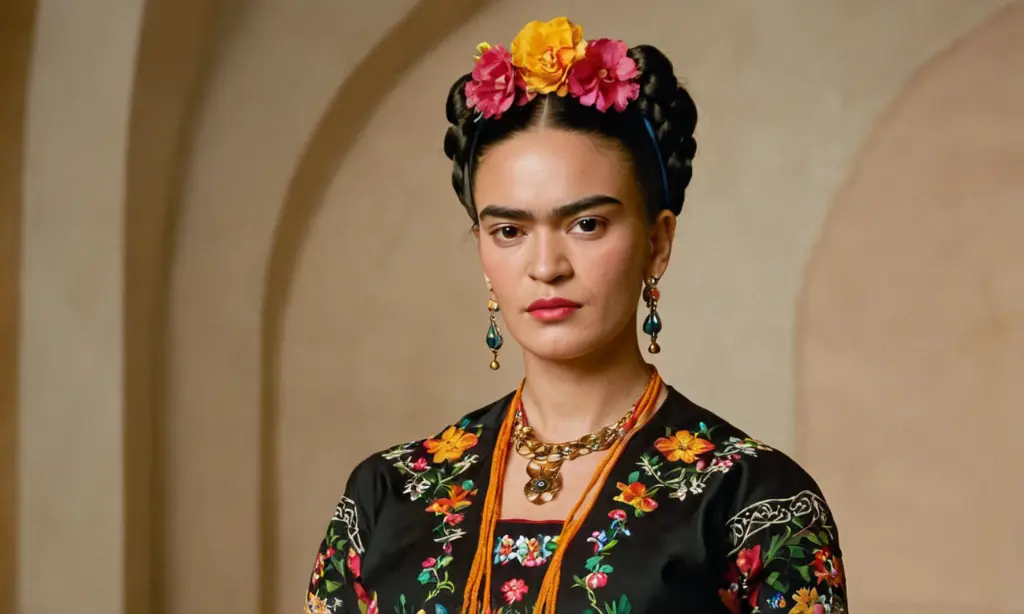
Ricardo Seco: Streetwear with Soul
Known for his brand Jag Denim, Seco merges Mexican folklore with urban edge. His collections feature embroidered denim jackets, zarape-inspired prints, and slogans celebrating Mexican pride. In 2019, he became the first Mexican designer to showcase at New York Fashion Week’s official calendar, spotlighting Indigenous craftsmanship.
Pineda Covalin: Cultural Storytelling
This luxury brand, founded by Cristina Pineda and Ricardo Covalín, transforms pre-Hispanic symbols into sophisticated scarves and accessories. Their Aztec calendar shawls and Mayan serpent motifs have been worn by global icons like Hillary Clinton and Beyoncé, bridging history and high fashion.
Carla Fernández: Revolutionizing Slow Fashion
A champion of ethical fashion, Fernández works directly with Indigenous communities to create minimalist, geometric designs. Her “Square Root” technique, based on ancestral cutting methods, produces zero-waste garments. In 2022, she collaborated with Carolina Herrera, proving traditional techniques belong on luxury runways.
Frida’s Global Runway Takeover
Frida’s aesthetic has inspired countless international designers, cementing Mexican fashion’s place in the global zeitgeist.
Jean Paul Gaultier’s Tribute
In 1998, Gaultier dedicated an entire collection to Kahlo, featuring ruffled skirts, corseted bodices, and monobrows. Models strutted with flower crowns and monkey motifs (a nod to Frida’s pets), blending Parisian chic with Mexican folklore.
Valentino’s Ode to Mexico
Creative director Pierpaolo Piccioli’s 2016 Resort collection showcased puffed sleeves, folkloric embroidery, and huipil-inspired gowns in Kahlo-esque palettes. The show, held in New York, highlighted Mexico’s influence on luxury fashion.
Dolce & Gabbana’s Fiesta of Color
The Italian duo’s 2019 collection burst with Mexican motifs: sombreros, marigolds, and sugar skull prints. While controversial for cultural appropriation, it underscored Mexico’s sartorial impact and the need for respectful collaboration.
Cultural Impact: Beyond Aesthetics
Frida Kahlo’s fashion legacy transcends trends; it’s a movement rooted in identity, resistance, and inclusivity.
Empowering Marginalized Voices
Kahlo’s unibrow, facial hair, and refusal to conform to gender norms made her a queer and feminist icon. Designers like Victor Barragán (known for gender-fluid designs) and Bárbara Sánchez-Kane (who explores Mexican masculinity) follow her lead, challenging stereotypes through fashion.
Sustainable Practices
Many Mexican designers prioritize eco-friendly materials and fair-trade partnerships. Brands like Someone Somewhere employ rural artisans to create sustainable apparel, proving fashion can be both ethical and exquisite.
The Rise of “Mexicore”
Social media trends like #Mexicore celebrate the country’s aesthetic: terracotta tones, Talavera tiles, and Frida-inspired florals. Gen Z embraces these elements in DIY fashion, tattoos, and home décor, ensuring Kahlo’s spirit lives on.
The Future of Mexican Fashion: Innovation and Preservation
As Mexican designers gain global clout, they face a dual challenge: innovating while safeguarding traditions.
Tech Meets Tradition
Designers like Armando Takeda use 3D printing to reimagine Alebrijes (mythical creatures) as futuristic accessories. Meanwhile, Anuar Layon incorporates QR codes into garments, linking wearers to the stories of the artisans who made them.
Preserving Heritage
Initiatives like Hecho en México (Made in Mexico) certifications ensure authenticity. Museums, like the Museo de la Moda Mexicana, archive traditional garments, educating future generations.
Global Collaborations
Luxury brands increasingly partner with Mexican artisans. In 2023, Gucci teamed up with Yalalag weavers for a capsule collection, blending Italian leather with Oaxacan embroidery.
Conclusion: Frida’s Unending Influence
Frida Kahlo once said, “I am my own muse.” Today, she is the muse of an entire nation and the world. Her fearless embrace of Mexican identity transformed regional dress into a global symbol of artistry and resilience. From the meticulous stitches of a Oaxacan huipil to the glittering runways of Milan, Mexican fashion thrives as a living tribute to Kahlo’s vision.
As designers continue to weave her legacy into their work, they prove that fashion is not just about clothing it’s about storytelling, heritage, and the unyielding power of self-expression.
¡Viva México! ¡Viva Frida! 🌺
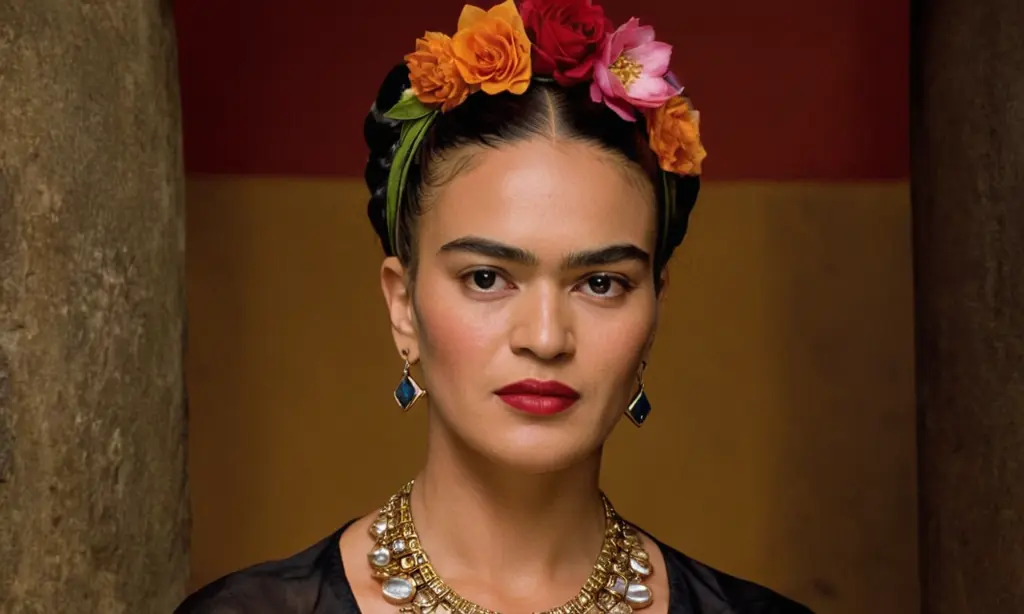
By honoring the past and innovating for the future, Mexican fashion ensures Frida Kahlo’s spirit dances on, inspiring generations to come. Whether through a hand-embroidered gown or a streetwear hoodie, her legacy reminds us that true style is born from authenticity, courage, and love for one’s roots.

